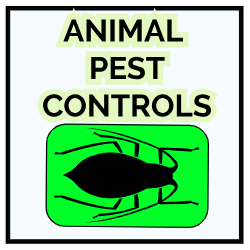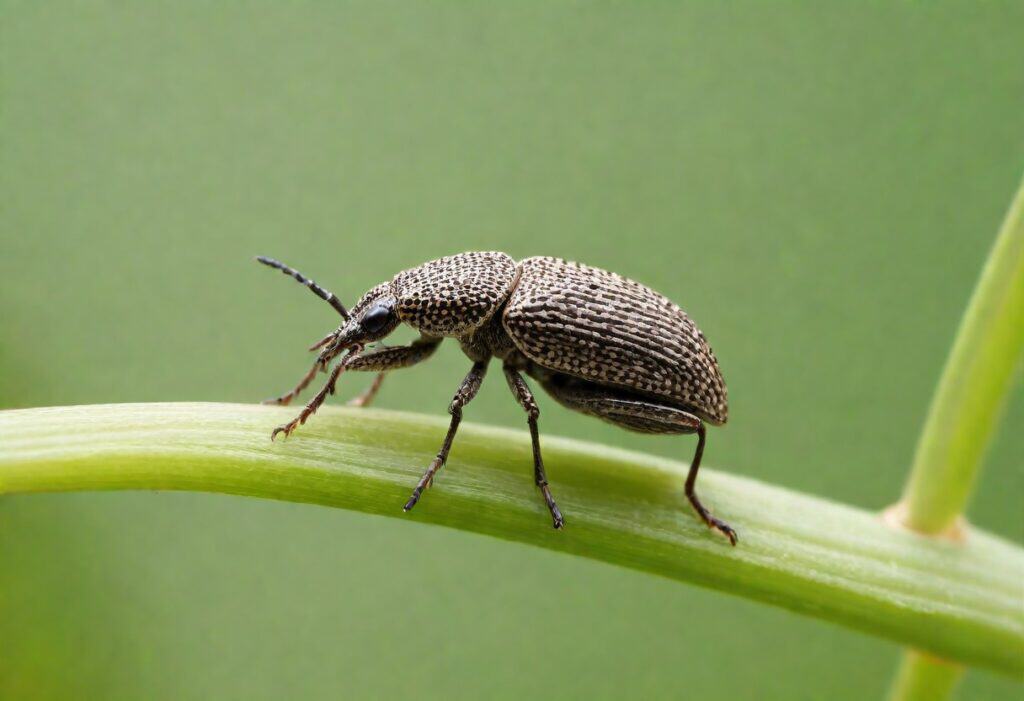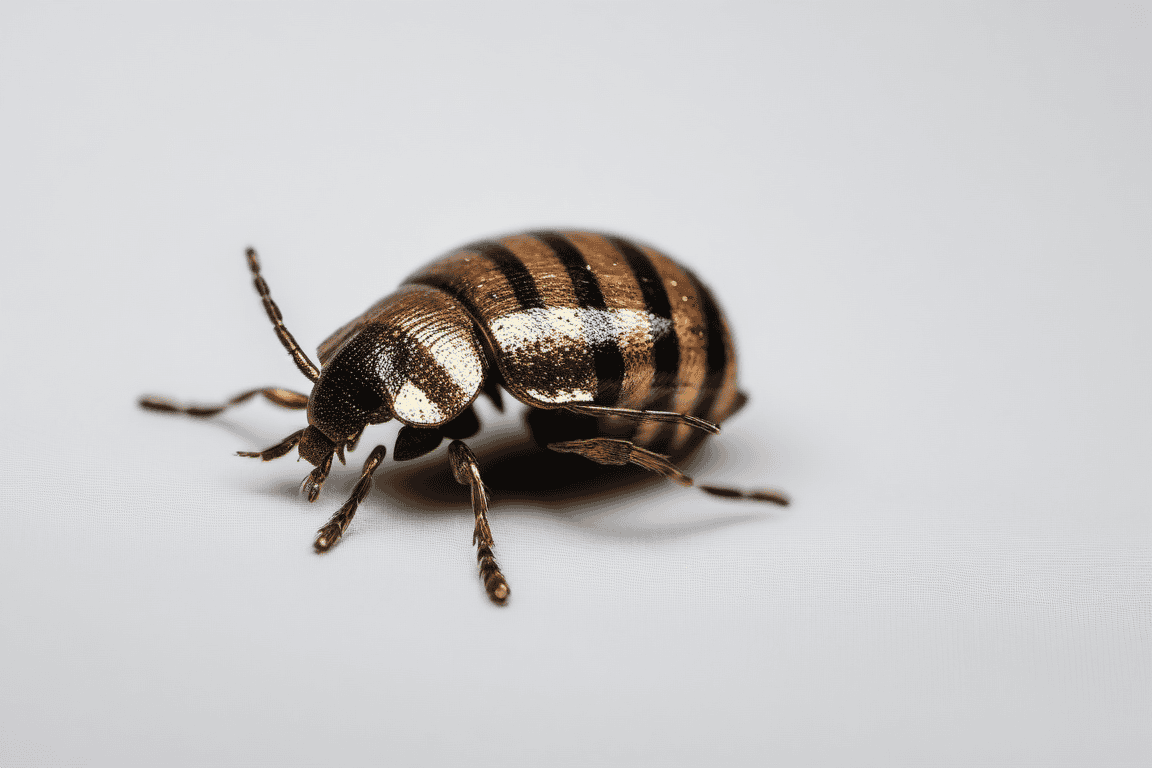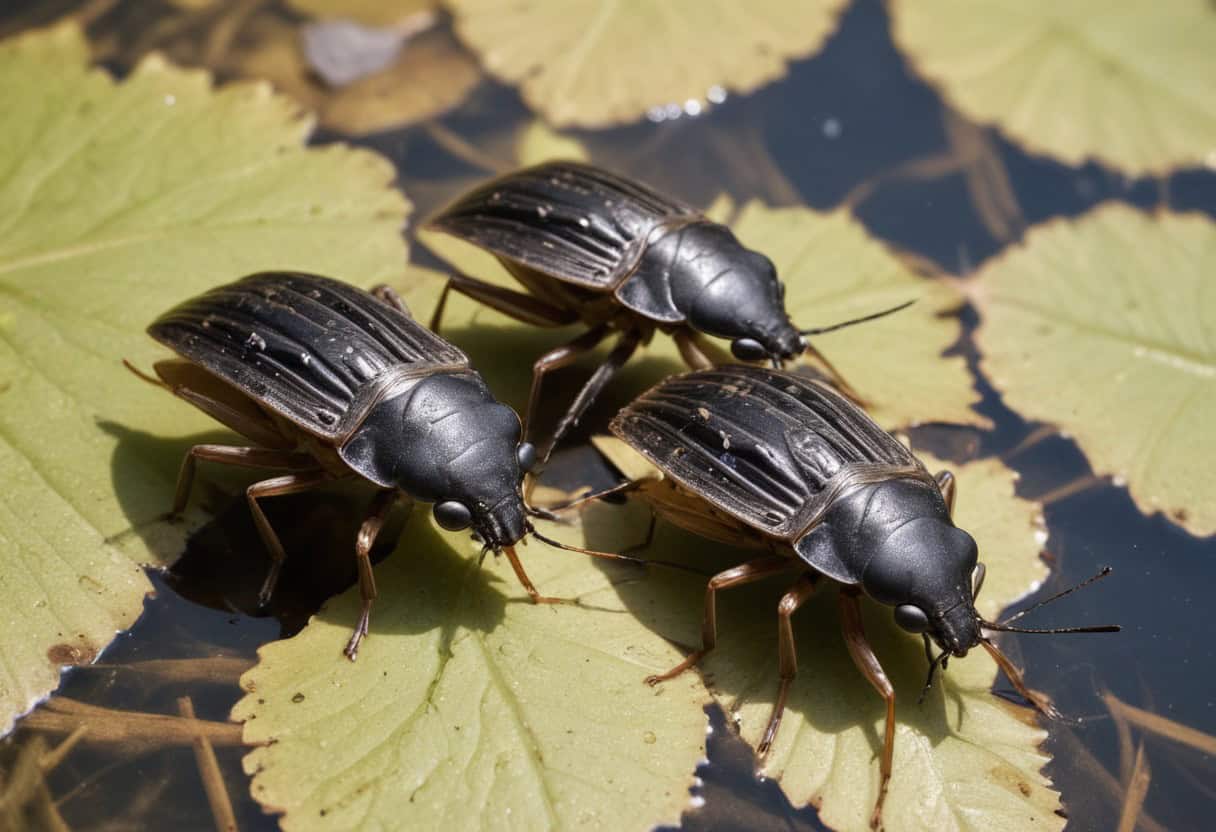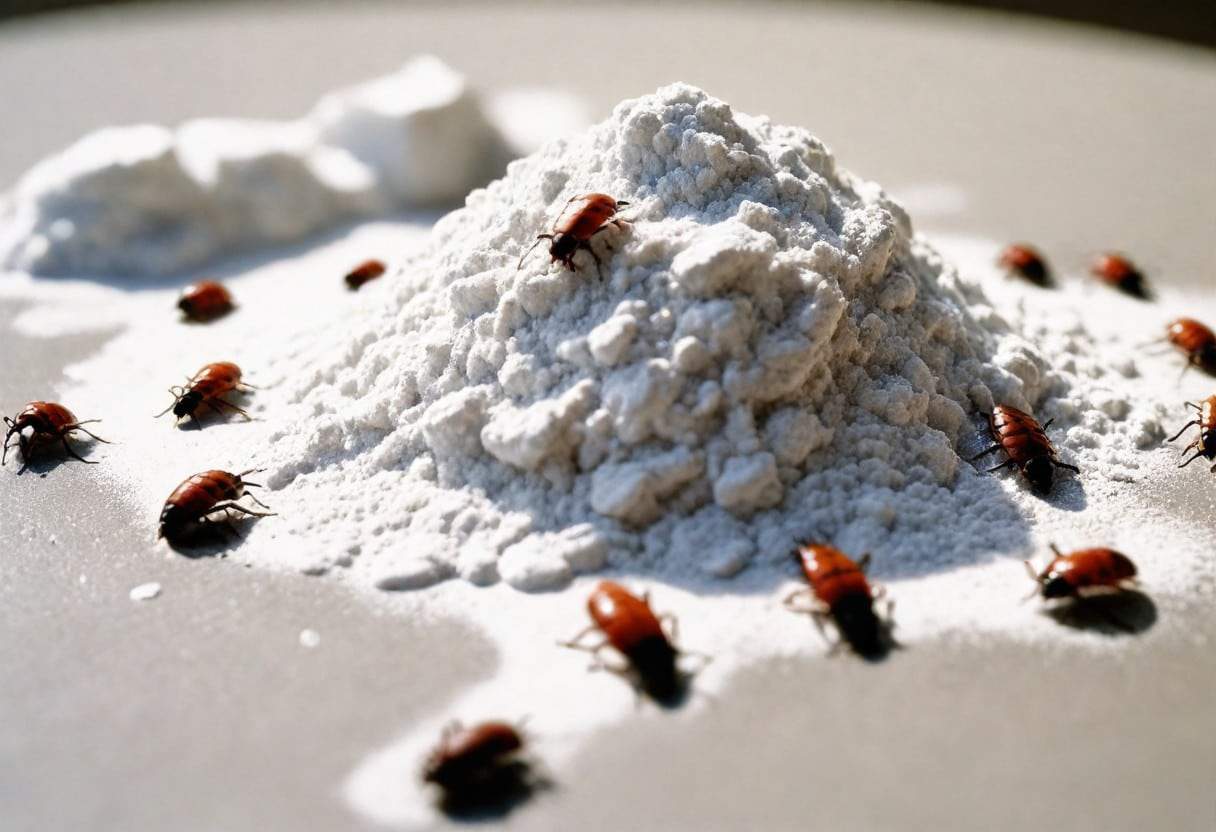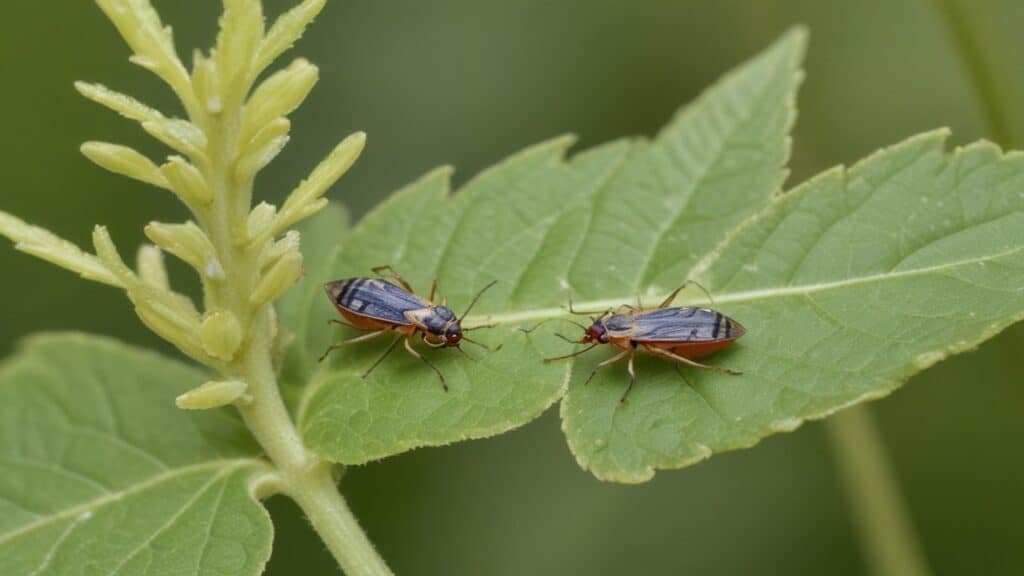Are you finding your pantry and kitchen taken over by rice weevils? If you are tired of these pesky pests invading your space, this video is for you!
Today, we’ll show you how to eradicate these critters naturally. From using natural ingredients like bay leaves to sealing off cereal storage, you’ll learn top tips for a pest-free pantry or kitchen.
So, don’t let the rice weevils take over. Watch now and reclaim your pantry from those annoying little buggers!
Table of Contents
What are Rice Weevils?
Rice weevils, scientifically known as Sitophilus oryzae, are tiny insects in grains and cereals.
These insects infest and feed on stored food products, particularly rice and other grains such as wheat and barley. They measure 2 to 3 mm in length and have an elongated shape with a slightly curved appearance.
The body of a rice weevil is usually dark brown or black and covered with tiny scales that give it a mottled appearance. These pests can fly but are not strong fliers, preferring to crawl.
They have long antennae bent at the ends, resembling an elbow joint. Rice weevils also possess a pair of well-developed mandibles that they use to feed on grains.
They reproduce rapidly under favorable conditions, laying eggs inside the grain kernels using their sharp ovipositor. Once hatched, the larvae feed on the internal tissues of the grain before eventually emerging as adult weevils.
Besides, rice weevils are resilient to adverse environmental conditions such as low temperatures or lack of oxygen.
They can enter diapause (a suspended state) when exposed to unfavorable conditions and survive for a long time without food or water.
They have a lifespan of approximately four months under optimal conditions but can live up to two years in some cases.
What are Natural Ways to Exterminate Rice Weevils?
1. Place some bay leaves around your stored cereal
Bay leaves are derived from the bay laurel tree, scientifically known as Laurus nobilis. These aromatic leaves have been used in cooking and traditional medicine for centuries.
The trees are native to the Mediterranean region and can grow up to 60 feet tall. People harvest bay leaves when they are dry and mature, which is when their flavors and aromas are at their peak.
These leaves are effective for repelling and killing rice weevils. These insects are notorious for infesting rice and other grains, causing contamination and damage.
The potent aroma of bay leaves is a deterrent for these pests, driving them away from your pantry or storage area. Their distinctive fragrance comes from essential oils such as eucalyptol, cineole, and pinene in the leaf tissues. Bay leaves work in two ways when it comes to killing rice weevils.
Firstly, the essential oils in the leaves have insecticidal properties that can be toxic to these pests. When ingested, the chemicals in the leaves disrupt the nervous system of the weevils, leading to their demise. Secondly, bay leaves prevent further infestation by inhibiting egg-laying activity.
Female rice weevils prefer to lay eggs on grains where they can easily penetrate and feed on them once hatched.
Placing bay leaves near your stored rice creates an unfavorable environment for these pests. It will break the weevils’ life cycle and prevent future generations from emerging.
2. Introduce other aromatic herbs
In addition to bay leaves, several aromatic herbs can repel rice weevils.
Cloves, for example, have a strong aroma that is highly effective in deterring pests. Place a few whole cloves inside your rice container or sprinkle ground cloves around the pantry shelves to keep these unwanted insects at bay. Another herb with powerful pest-repelling properties is rosemary.
It adds a delightful flavor to your dishes, and its strong scent also acts as a natural deterrent for rice weevils and other bugs.
You can tie fresh rosemary sprigs with string and hang them in your pantry or place dried rosemary leaves near the rice containers to keep the weevils away. Onion is another natural remedy effective against rice weevils due to its potent smell.
Its pungency makes it unattractive to various pests, including these pesky insects. To utilize onion as a repellent, slice an onion into halves or quarters and place them strategically around your pantry or near the rice storage area.
The odor released by the onion will discourage the presence of rice weevils and help protect your precious grains from infestation. Finally, peppercorns are not just great for adding spice to your meals; they also possess insect-repellent properties, making them an excellent choice for warding off rice weevils.
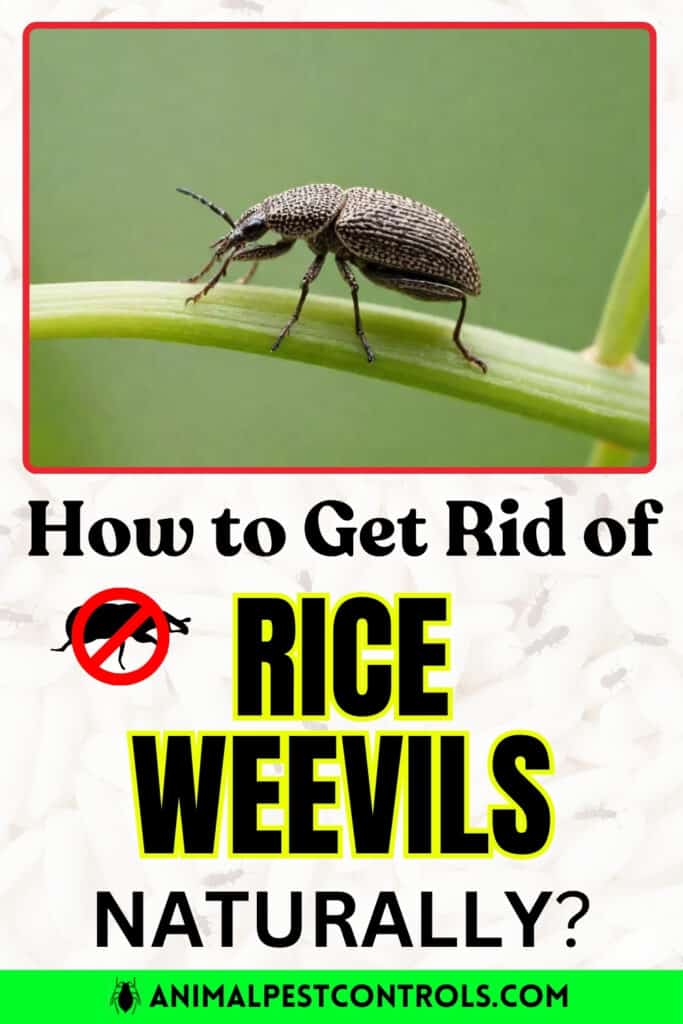
3. Use neem leaves
Humans have used neem leaves for centuries as a natural remedy to repel and kill rice weevils. The leaves contain compounds such as azadirachtin and salannin, which are excellent insecticides.
The compounds in neem leaves disrupt the feeding and reproductive cycles of weevils when they come into contact with them. The active ingredients in neem leaves interfere with the growth and development of rice weevils by inhibiting their ability to molt properly.
This problem results in weakened larvae that cannot survive to adulthood. Additionally, neem leaves possess strong antifeedant properties that discourage adult weevils from consuming the stored grains.
The bitter taste and odor of neem make it unpalatable for these pests, causing them to seek alternative food sources. Furthermore, studies suggest that the volatile compounds released by neem leaves can repel adult rice weevils even before they come into direct contact with the plant material.
These volatile compounds create an inhospitable environment for the weevils by disrupting their sensory perception and navigation abilities.
As a result, it deters them from approaching areas where neem leaves are present, providing an effective natural solution for controlling rice weevil infestations without resorting to chemical pesticides.
Crush a handful of fresh neem leaves and place them in a cloth bag or sachet. Place this pouch near the affected area or inside the container where you store your rice grains.
The aroma of neem leaves acts as a repellent, driving away the weevils and preventing their further growth. You can also place some neem leaves near your cereal storage.
4. Dispose of infested foodstuff and store food in a bug-proof container
An effective way to eliminate rice weevils is by disposing of infested foodstuff. Discard the affected items immediately if you notice any signs of infestation, such as live weevils or their larvae in your rice or grains.
It will prevent the weevils from spreading to other food items in your pantry. In addition to disposing of infested food, store your food in bug-proof containers.
Rice weevils can easily penetrate nylon bags and cardboard packaging. So, transfer your grains into tightly sealed containers like plastic, glass, or metal.
These containers should have airtight lids that prevent any entry or escape of pests. Storing your food in these containers can protect it from future infestations and ensure its freshness for a long time.

5. Use diatomaceous earth
Rice weevils are a common pest that can cause significant damage to your garden, indoor plants, or outdoor crops.
These tiny insects feed on rice and other grains, damaging the kernels and rendering them inedible. Rice weevils can be particularly problematic if you store grains in your pantry or have a backyard garden.
One effective method for exterminating rice weevils is using diatomaceous earth. Diatomaceous earth is a powder made from fossilized algae that contain sharp microscopic edges.
When sprinkled around the affected area, it pierces the exoskeletons of the weevils and dehydrates them, leading to their ultimate demise.
It is safe to use around humans and pets but should be avoided by those with respiratory issues, as it can irritate the lungs when inhaled.
Sprinkle diatomaceous earth around your plants or storage areas where you suspect they may be present. Do not allow the substance to come in contact with your foodstuff.
Ensure you reapply after rainfall or watering, as diatomaceous earth loses its effectiveness when wet. In addition, practice good sanitation habits by regularly cleaning storage containers and food debris.
Incorporating these natural methods into your routine can eliminate rice weevils without relying on harmful chemicals or pesticides.
Conclusion
Exterminating rice weevils is not only possible but also quite entertaining. From disposing of the infested cereal to using home ingredients as deterrents, you combat these pesky pests with numerous creative approaches.
You can bid farewell to rice weevils with these simple yet effective methods.
So, next time you discover these unwelcome visitors in your pantry, remember to think outside the box and embrace your inner pest warrior. Try these natural methods and reclaim your kitchen and home from those sneaky intruders once and for all!
